TJ, Nutsinee
Per Aidan's request we misaligned ITMs and moved ETMs around to see if the CR HWS sees any reflection from the ETM surface. HWSY streamed images didn't appear to have any residuals from the ETMY but HWSX saw some light from the ETMX.
Here's HWSX with only ITMX misaligned (ITMX delta YAW = -191.3u)
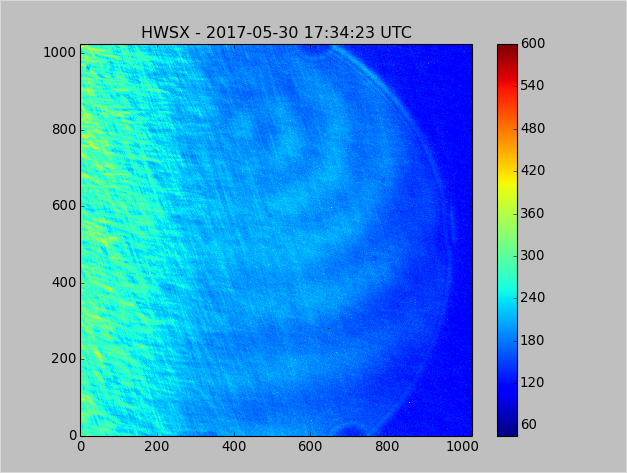
And here's HWSX with both ITMX and ETMX misaligned (ETMX delta YAW = -110.5u)
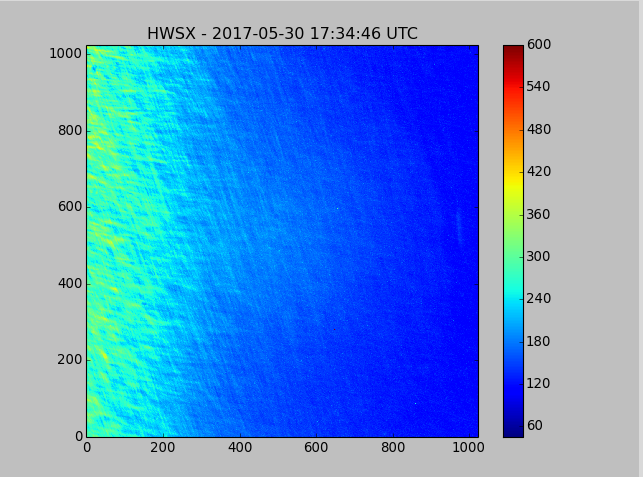
We also appeared to have this mesh-looking feature on the left hand side. Stray light?
TJ, Nutsinee
We went in and move top+bottom periscope to get ride of the reflection. Here's what it looks like now:
HWSX with ETM
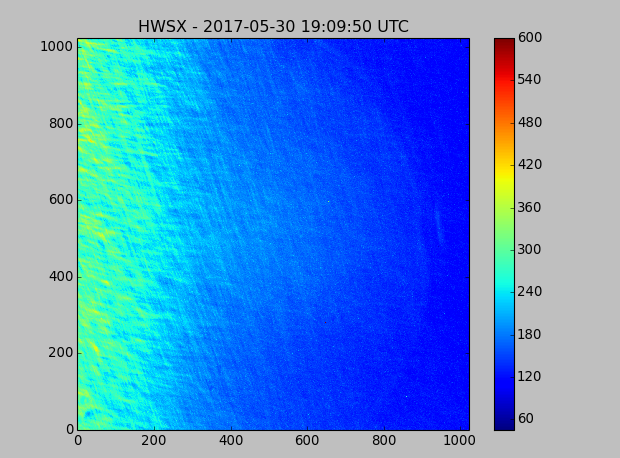
HWSX without ETM
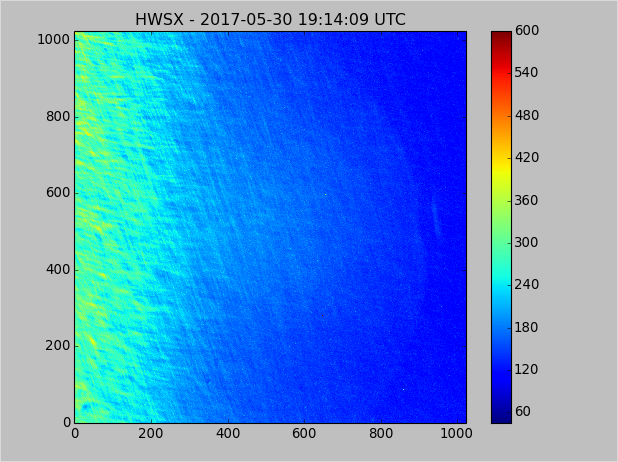
HWSX with ETM and ITM
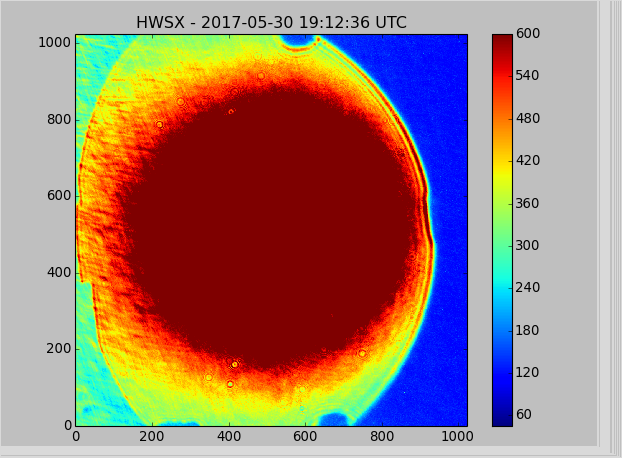
Alignment looks good. How much did you guys have to move these mirrors?
I moved the top periscope at least one whole turn (probably something like 1 turn and a half) to get rid of the dim shape of the test mass. Then I moved the bottom periscope to bring back the return SLED beam.
The Hartmann plates are back on and the codes are running.











